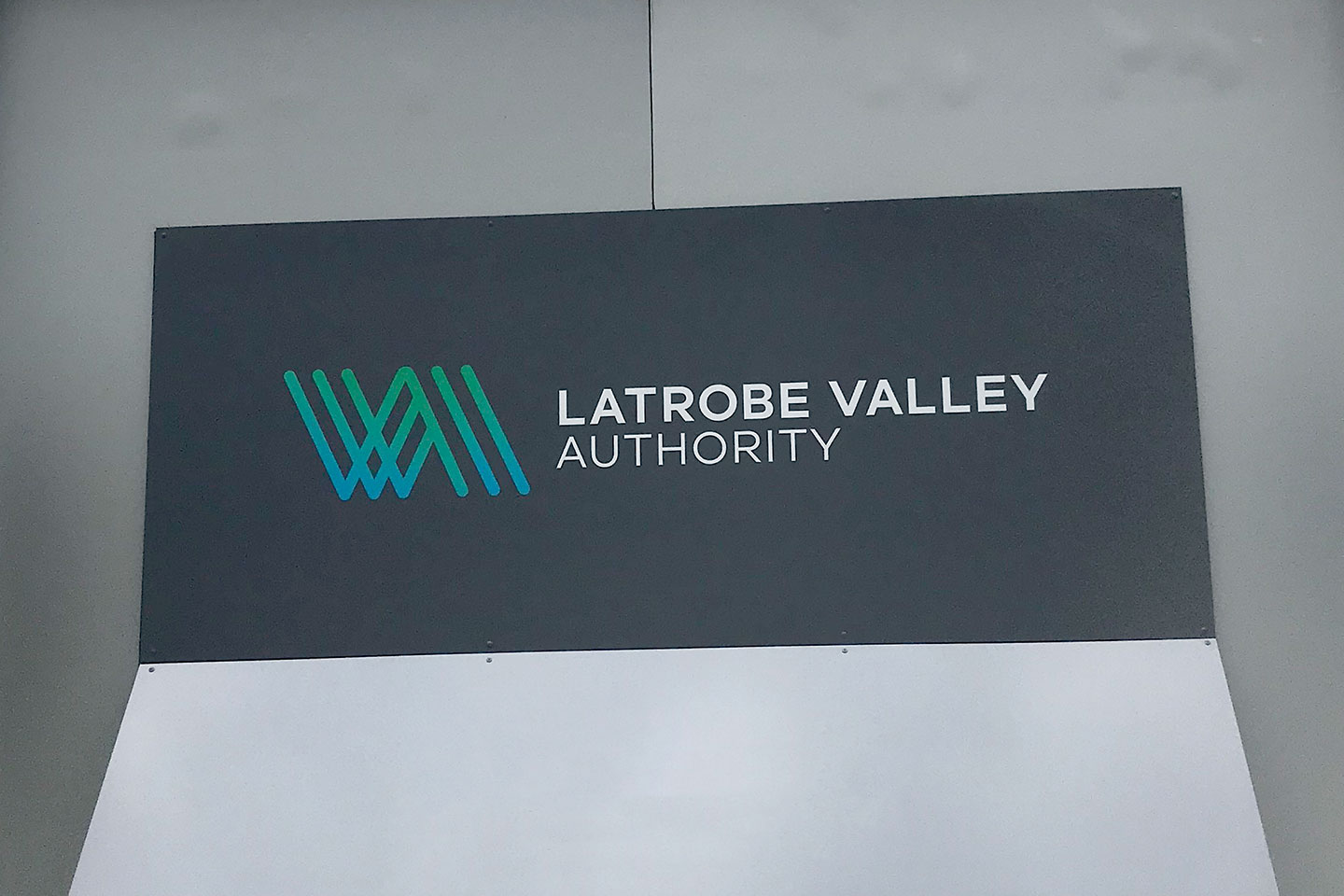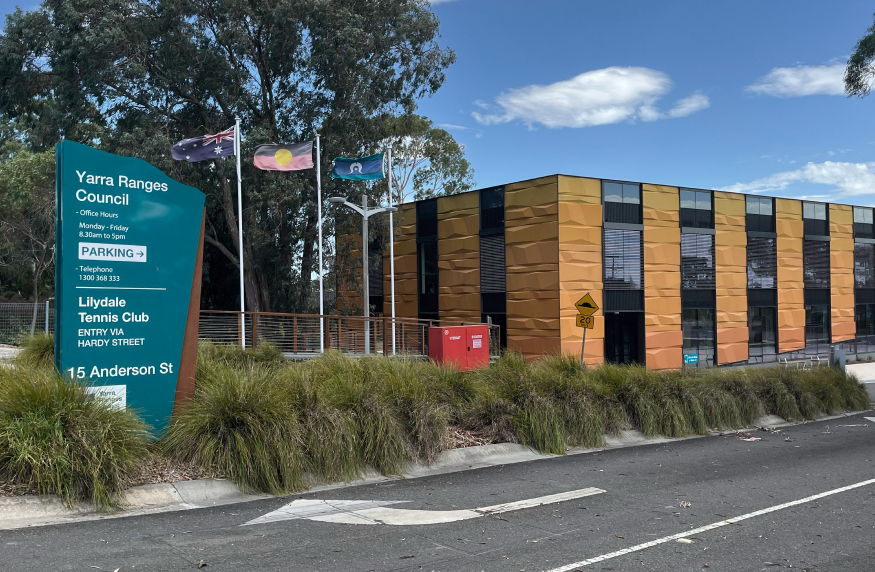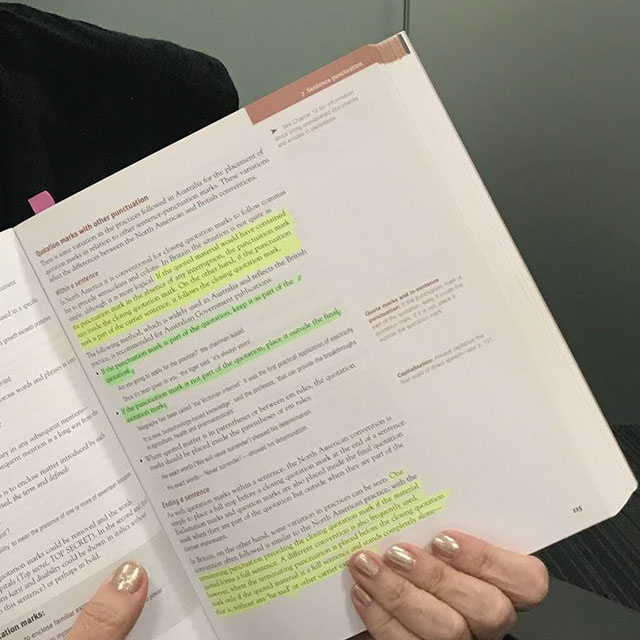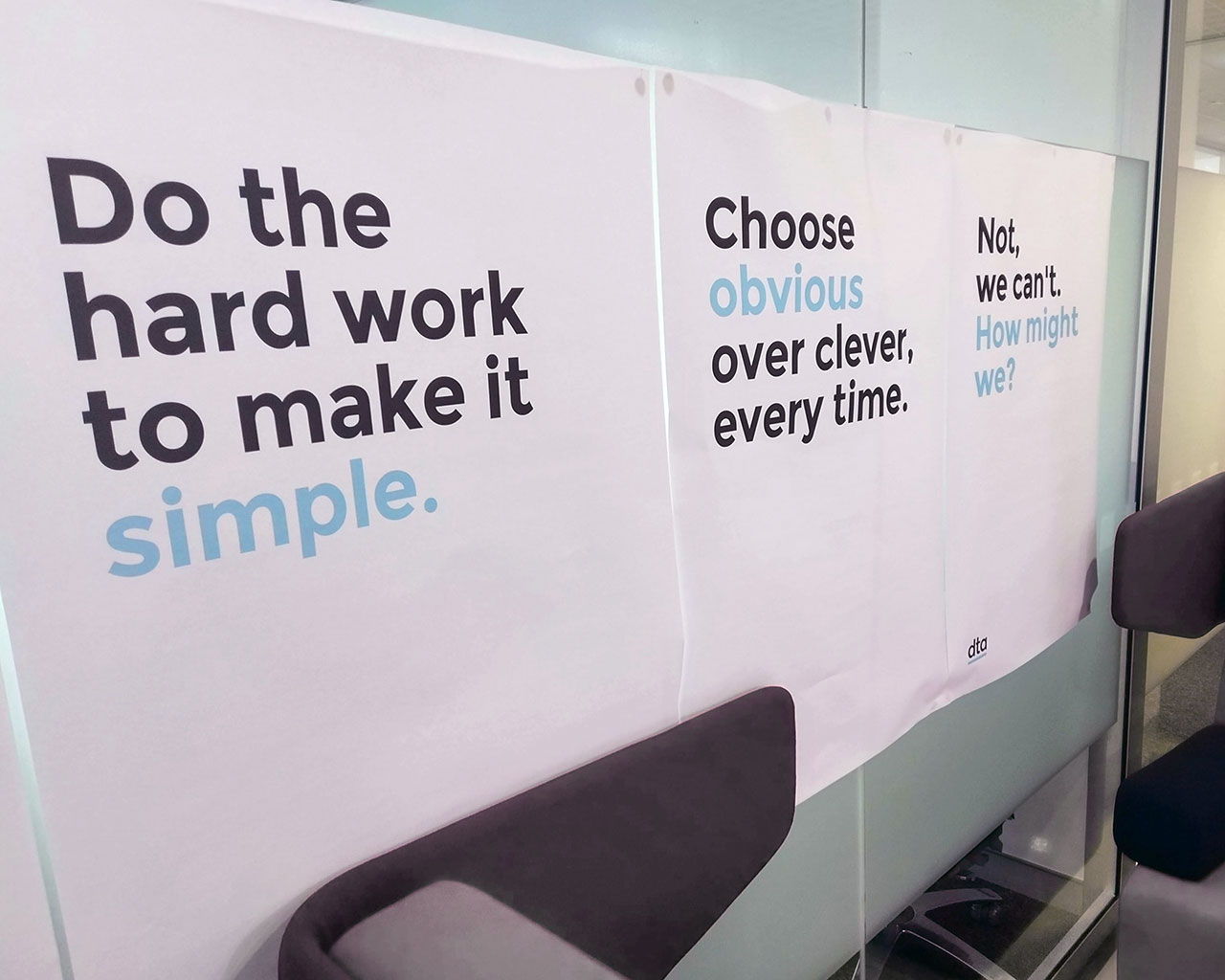Victorian Department of Premier and Cabinet
Supporting community rehabilitation with co-design
We were engaged by the Victoria Department of Premier and Cabinet to support the Latrobe Valley Authority and demonstrate the value of co-design in local government, whilst designing a pilot for a new service.

Outcomes
-
12 Month Pilot Plan
-
Capability building in HCD and Co-design
-
Pilot kit with co-design and human-centred design principles, activities and best practice aligned to the project plan
Services
- Social innovation
- Co-design
- Capability building
Sectors
Piloting co-design
The Victorian state government is committed to rehabilitating the Latrobe Valley economy after the closure of Hazelwood mine. In these programs of work – key stakeholders, especially end users and communities, are often left out of the design process – which results in programs and services that don’t fit the needs of the community and that waste large sums of taxpayer money.
We were tasked with supporting the Latrobe Valley Authority (LVA) team, as they prepared to pilot a new service for 12 months with business owners in the region. The region is large and dispersed through different council boundaries, and it was important to the Latrobe Valley Authority to work closely with councils and other business support organisations.
We recognised that co-design and human-centred design techniques were critical to successfully leading a diverse group of regional organisations through the design of new services.

A worksheet demonstrating how to use the 5 key principles of co-design
Embedding new ways of working
For the LVA team, co-design was a radically different way of approaching the design of a new product or service. To build their capability, we created a bespoke multi-month program for the pilot that embedded the principles of co-design so their teams can be:
- Outcomes-focused
- Inclusive
- Participative
- Respectful
- Adaptive
We ensured that these principles were understood and actionable through experiential learning. With our guidance, LVA team members were able to reflect on their work effectively, engage executive leadership to ensure buy-in and deliver the solutions that will come out of their future co-design led pilot.
An example of one of the tools in the HCD toolkit developed as part of the project
Maintaining change with the right tools
During the co-design program, we identified some capability gaps that we couldn’t fix in the short term. In response to these gaps, our team worked with the LVA to create a bespoke co-design pilot toolkit that included tools for problem framing, user research, insight generation, iterative design, hypothesis testing, implementation planning and evaluation. This toolkit lives on – allowing the team to continue to learn, develop and utilise these capabilities now and into the future.
Thanks to this project all of the LVA now has access to the techniques they need to advance the design, testing and launch the pilot of the small business navigator service and future projects – whilst using best practice co-design methods to build deeper relationships with the community.



